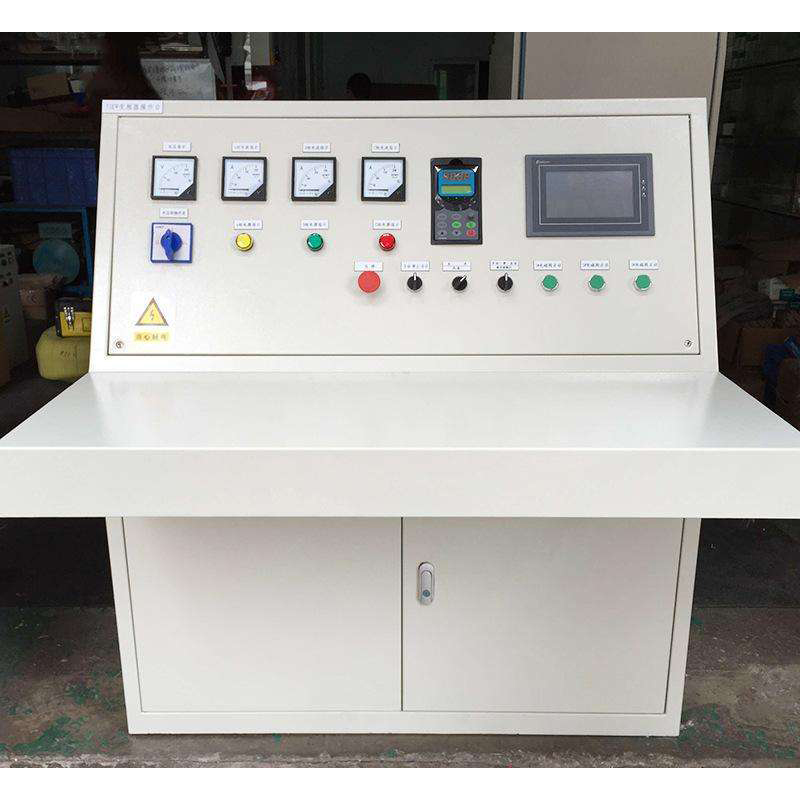
Dec . 04, 2024 08:25
Back to list
Effective Solutions for Pressure Regulation Devices in Industrial Applications
Understanding Pressure Reducing Devices Importance and Applications
Pressure reducing devices play a crucial role in various industries by managing and controlling the pressure of fluids in a system. These devices, often referred to as pressure regulators, ensure the safe and efficient operation of machinery and equipment by maintaining optimal pressure levels. In this article, we will delve into the principles behind pressure reducing devices, their various types, applications, and the importance of maintaining proper pressure control.
How Pressure Reducing Devices Work
At the core of a pressure reducing device is the principle of fluid dynamics. When fluid flows through a pipe with a pressure higher than desired, a pressure reducing device acts to lower this pressure to a predetermined level. This is achieved primarily through a mechanism that involves a diaphragm or a spring-loaded system. When the inlet pressure exceeds the set point, the diaphragm moves against the spring tension, creating an opening that allows some fluid to escape, thereby reducing the output pressure.
Most devices are designed to operate automatically, adjusting the flow based on real-time conditions. This automation helps maintain consistent pressure levels, preventing potential damage caused by pressure surges or drops.
Types of Pressure Reducing Devices
There are several types of pressure reducing devices, each designed to cater to specific needs and conditions. Some common types include
1. Spring-Loaded Regulators These are the most common type and rely on a spring mechanism to maintain output pressure. They are widely used in gas distribution systems.
2. Diaphragm Regulators Utilizing a flexible diaphragm, these regulators can maintain stable pressure across a wide range of flow rates and inlet pressures. They are typically used in industries requiring precise pressure control.
4. Pilot-Operated Regulators These devices use a smaller, pilot regulator to control a larger flow, making them ideal for high-flow applications while maintaining stability.
pressure reducing device

Applications of Pressure Reducing Devices
Pressure reducing devices are essential across various sectors, including
- Water Supply Systems In municipal water systems, pressure regulators maintain the appropriate pressure levels for distribution, ensuring that homes and businesses receive water without fluctuations.
- Oil and Gas Industry In natural gas pipelines and oil refineries, pressure control is critical for safety and efficiency. Regulators ensure that equipment operates within safe pressure limits.
- Manufacturing In production processes, maintaining stable pressure is vital for machinery performance and product quality. Pressure reducing devices help prevent equipment malfunction and product defects.
- HVAC Systems In heating, ventilation, and air conditioning systems, pressure regulators maintain proper airflow and temperature, contributing to energy efficiency and comfort.
Importance of Proper Maintenance
Regular maintenance of pressure reducing devices is vital to ensure their longevity and reliable performance. Over time, wear and tear can affect their ability to regulate pressure effectively. Periodic checks, replacements of worn components, and calibration are essential to prevent failure, which could lead to costly downtime or dangerous situations.
Additionally, installing high-quality pressure reducing devices tailored to specific applications can enhance system efficiency and safety. Investing in reliable and robust devices can lead to significant savings in operational costs and improved safety standards.
Conclusion
Pressure reducing devices are integral components in a myriad of applications, providing the essential function of pressure management. By understanding their operation, types, applications, and the importance of maintenance, industries can effectively manage fluid dynamics, ensuring safety, efficiency, and performance. As technology continues to evolve, the development of smarter and more efficient pressure reducing devices will likely shape the future of fluid management in even more innovative ways.
Next:
Latest news
-
Safety Valve Spring-Loaded Design Overpressure ProtectionNewsJul.25,2025
-
Precision Voltage Regulator AC5 Accuracy Grade PerformanceNewsJul.25,2025
-
Natural Gas Pressure Regulating Skid Industrial Pipeline ApplicationsNewsJul.25,2025
-
Natural Gas Filter Stainless Steel Mesh Element DesignNewsJul.25,2025
-
Gas Pressure Regulator Valve Direct-Acting Spring-Loaded DesignNewsJul.25,2025
-
Decompression Equipment Multi-Stage Heat Exchange System DesignNewsJul.25,2025

